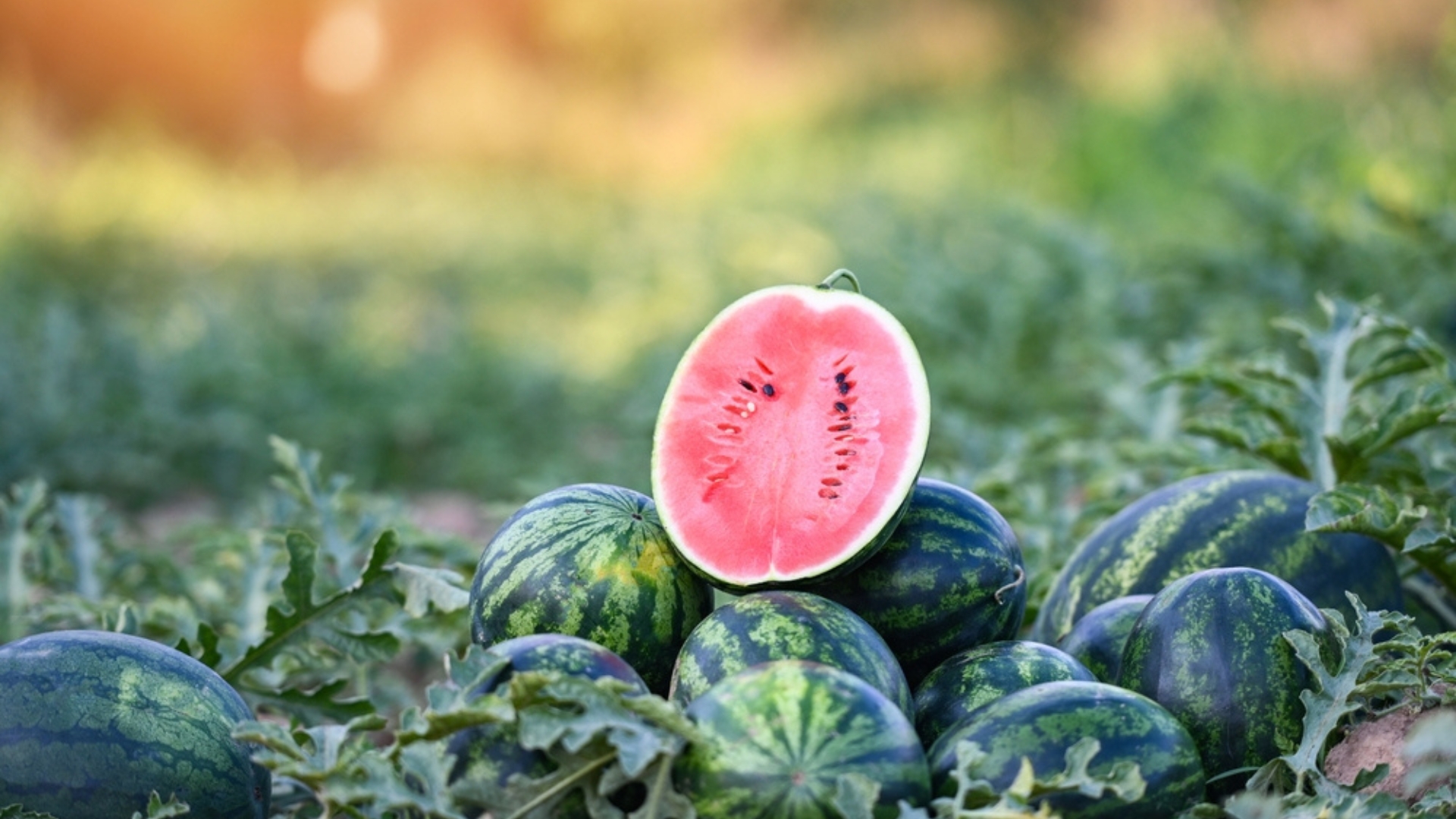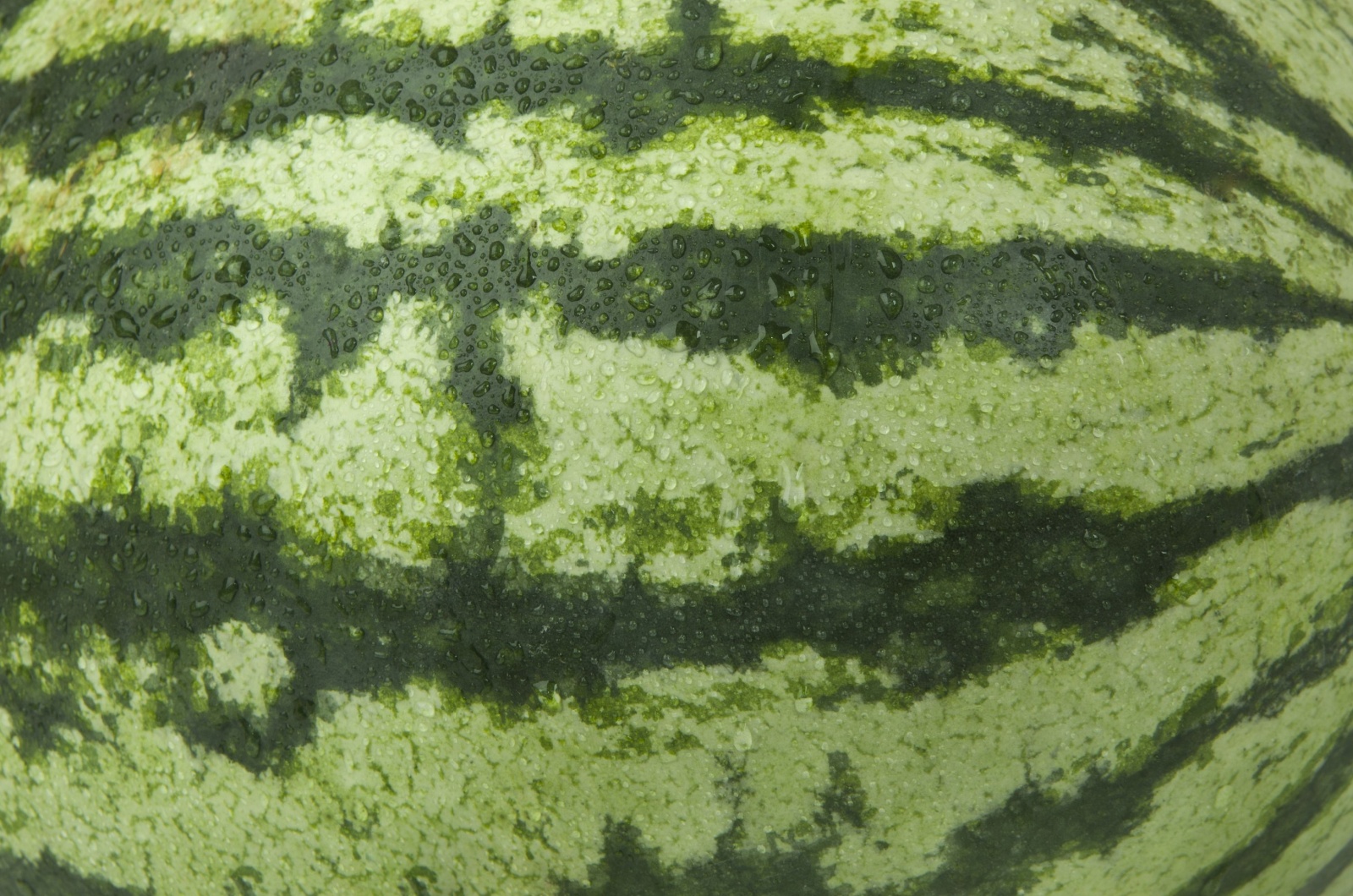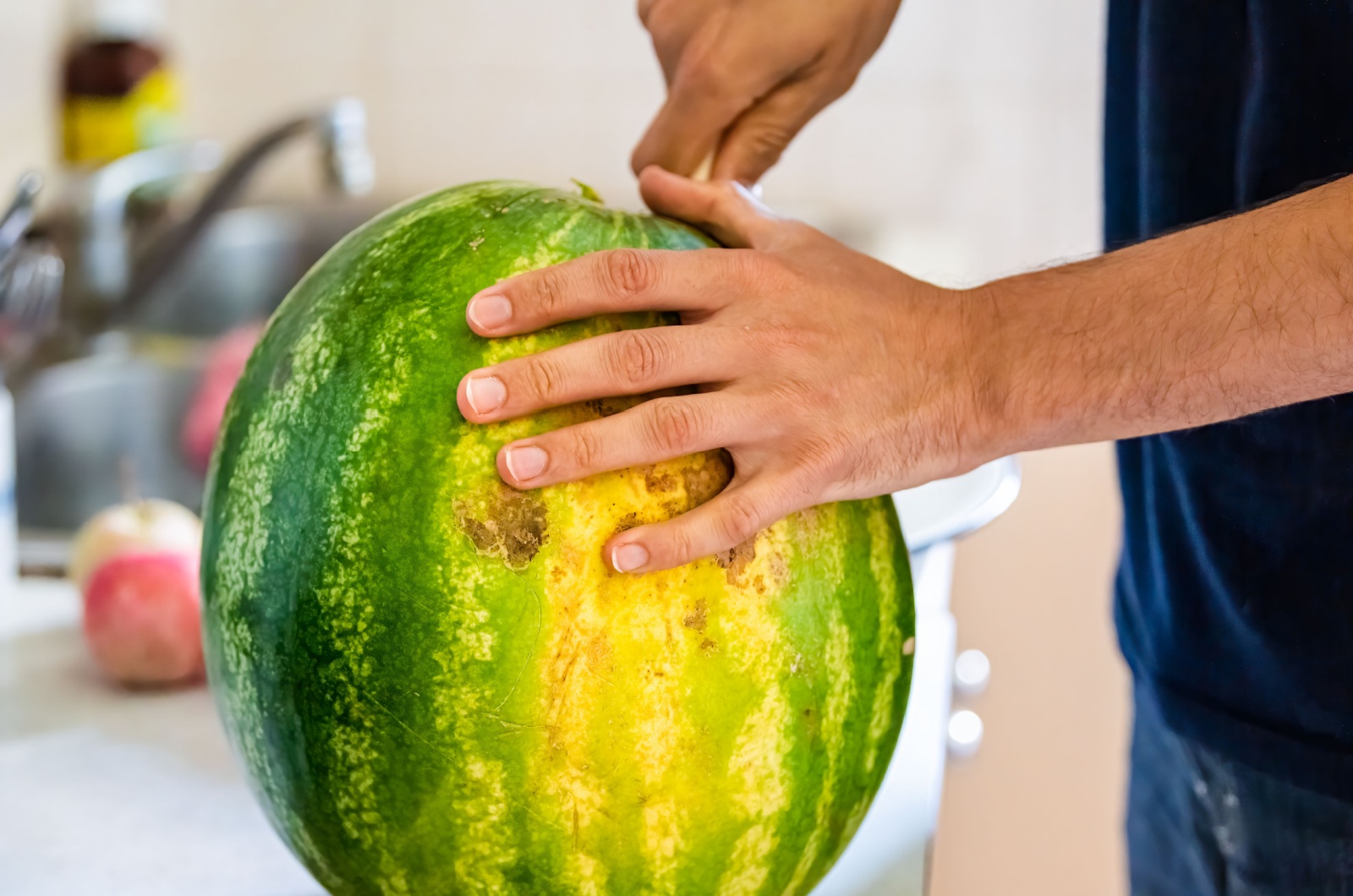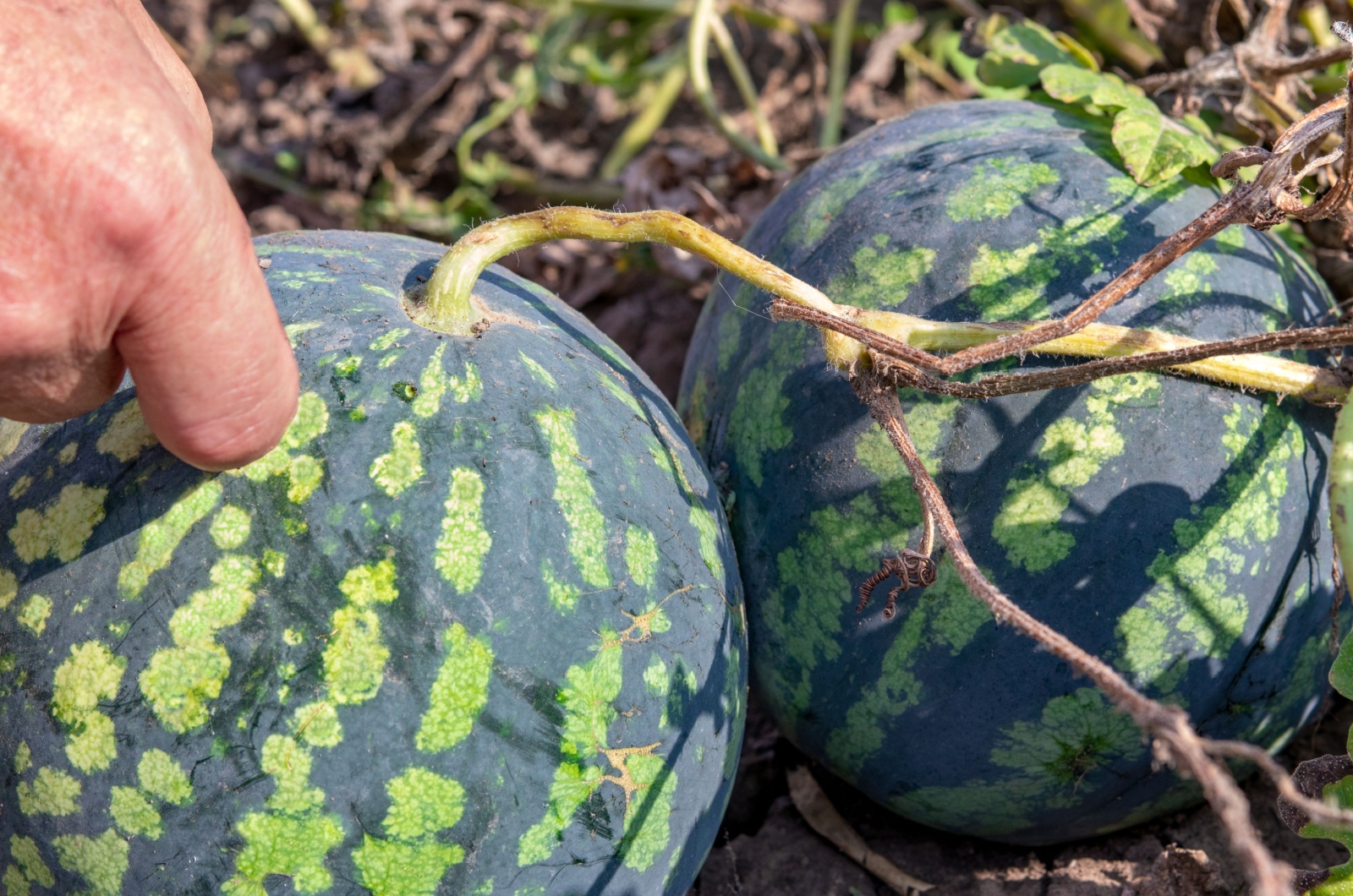Nothing screams summer better than the scent and flavor of watermelons. If you’ve tasted homegrown watermelons, then you’re one lucky person!
And you’re even luckier if you have enough space in your garden to grow them yourself. I don’t find watermelons to be that difficult to grow but there’s one thing which can go wrong.
Picking unripe watermelons brings disappointment because their flavor lacks the sweet juiciness that makes them so irresistible.
Well, this has happened to me a few times and that’s why I researched how to check if my watermelons are ready for harvest. There are, indeed, a lot of methods, and I daresay some are pretty bizarre.
But there are three that always work! Eager to learn the secret of picking the juiciest and ripest watermelons?
Our journey starts now!
1. The Rind May Hold The Answer
It takes approximately 80 to 100 days for watermelons to mature, so there’s no point in checking ripeness before this timeframe. Once they enter their ripening stage, your first task is to observe the rind.
Honestly, this method was the hardest for me to understand, but it’s really great. So, the first thing to do is check if the rind is shiny. If the rind is still shiny, your fruits aren’t ready for harvest yet.
Now take a look at the shape of your watermelons. The ones with a rounded or oval shape are more likely to be ready for picking.
I noticed that narrow and oblong watermelons typically aren’t ripe, so I recommend waiting a few more days.
One more thing, if the fruit has any weird indentations, it’s probably not ripe. These indentations usually mean that your watermelons didn’t receive enough water or nutrients and they most likely won’t taste as sweet as they should.
2. Check The Field Spot
I remember when a fellow gardener told me that the field spot could tell us about the ripeness of our watermelons. I didn’t have a clue what the field spot was and I thought there was some special science behind it.
Well, it’s simply the discolored part of the fruit from where it was in contact with the ground.
Once you lift your watermelon, check if the field spot is yellow. If so, you can pick the fruits because their pulp is juicy and sweet at this point!
On the other hand, if the field spot is still green, you should wait for a few more days and check again.
3. Gardener’s Classic: Knock And Know
Knock, knock! Who’s there? A ripe watermelon! There are various opinions on this method but we still see people tapping on watermelons in grocery stores.
I believe that over time you’ll get the gist of the famous ripe watermelon sound. If you haven’t tapped before, here’s the guide.
The first sound watermelons can make when tapped is hollow. You can harvest these fruits but they’re most likely overly ripe. This can help when purchasing watermelons as you’ll know which ones to avoid.
The watermelons with a higher pitch when tapped aren’t ready for picking.
Finally, a deep and resonant sound is an indicator of a perfectly ripe watermelon that’s ready for harvest.
Like I said, it takes some time to understand what your watermelons are ‘saying’ but it’s worth it. Remember, it’s all about patience, so don’t settle for anything less than the perfectly ripe, juiciest, and sweetest bites!




